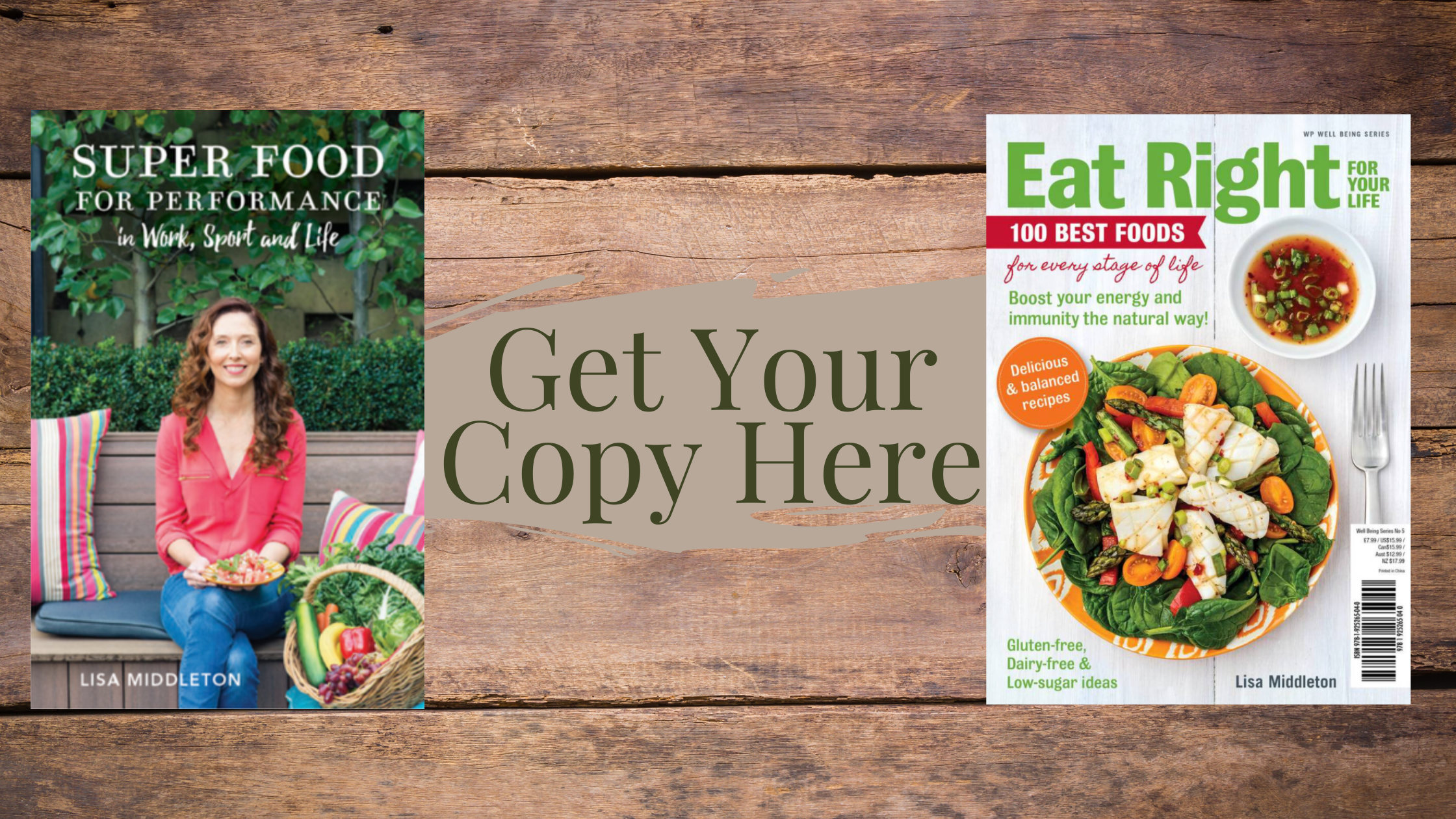Image by Rosanna Faraci
No doubt about it, COVID-19 has had a significant impact on our lives and livelihoods. All of us have different experiences and have been effected in different ways. For many, it has provided an opportunity to consider our own health and well-being and take a closer look at our nutrition choices and habits. This has resulted in a significant increase in home-cooking (including a contagious interest in sourdough baking!) as well as cooking on a budget.
You may have already been searching your favourite recipe sites, or flicking through old recipe books for meal inspiration. If you are looking for more ideas, I have linked in below a few winter-friendly options that are quick and easy to make, and will help to keep your body and brain nourished and content.
These, along with other recipes, are here on my website, or if you are looking for more ideas you will find over 140 meal and snack ideas in Super Food for Performance - currently discounted.
Pumpkin and Pinenut Spinach Salad
Yes, a salad for winter - you can serve it while the sweet potato is still warm. Great with lamb or chicken, or roast some chickpeas with the sweet potato for a vegetarian option.
Perfect for a warming lunch or savoury snack. High in fibre and a tasty way to eat lentils!
Image by Bec Doyle Photography
Works well for breakfast, lunch, dinner or a snack - high in protein and a terrific source of calcium.
Image by Bec Doyle Photography
Mexican-Style Beef with Sweet Corn Salad
More salad! But you can serve it while the corn is still warm. Mix in some black beans for a plant-based lunch bowl on it’s own.
One of the most searched recipes right now - a great way to use up extra bananas, and lower in sugar and additives than the standard store-bought varieties.
Image by Bec Doyle Photography
A great recovery option post-training, especially with more of us training from home right now. Mix it up with your favourite fresh or frozen fruits.
Happy cooking and stay safe. I would love to see your creations, so if you post any of your cooking on your social media please tag me in - (these recipes or your own healthy favourites!). You can find me on Instagram, Facebook and LinkedIn.









































